While we now know all about powerhouse ingredients like salicylic acid and AHA’s for treating acne (if you don’t, read all about them here), ingredients such as benzoyl peroxide seem to have been left in the dark ages of skincare and acne treatment. As the previous go-to acne solution, benzoyl peroxide has, in most cases, been replaced with less harsh, natural or in-salon solutions by those who suffer from acne. But is there still a place for benzoyl peroxide in your acne-fighting regimen? We spoke to Dr. Timothy Falla, Chief Scientific Officer for Rodan + Fields and Dr Natasha Cook, Dermatologist MBBS [Hons] FACD, owner of Darlinghurst Dermatology Skin and Laser Clinic and Founder of skincare brand, Dr Natasha Cook Cosmeceuticals™ about what it does, who it works for and whether it is still necessary.
RELATED: How long does it take for acne scars to fade?
RELATED: 7 spot treatments to try if you have acne-prone skin
What is benzoyl peroxide?
Also known as BPO2, benzoyl peroxide is an active skincare ingredient that is often used to target acne. As Dr. Timothy explains, “benzoyl peroxide is an oxygen-rich acne conditioning ingredient. It features a peroxide group, which over time on the skin, turns to oxygen,” and works as a chemical exfoliator. It also has antibacterial properties, adds Dr. Natasha Cook
How does it work?
“It’s primary mode of action is an antibacterial,” explains Dr. Natasha. “It acidifies the area and helps exfoliate the surface by forming oxygen,” says Dr. Timothy. Due to this process of exfoliating, it can also help reveal more radiant skin overall, he explains.
Should I be using it? And what should I be looking for when choosing products?
As with any active skincare ingredient, the percentage of it within a product is important. Both Dr. Natasha and Dr. Timothy agree that the concentration of benzoyl peroxide in a product should be 2.5% or more to be effective. In a wash that can go to between 3 and 5% explains Dr. Natasha. As an active, benzoyl peroxide is most effective for oily and acne prone skin types and Dr. Natasha explains, is best used in combination with other topical ingredients like vitamin A. If you suffer from angry, red and inflamed acne spots, it is definitely worth considering adding the ingredient to your skincare routine, however do so sparingly and as part of an acne-targeted skincare routine.
However, in adding benzoyl peroxide (and vitamin A) to your skincare routine, Dr. Natasha explains that the ingredient can be a potential irritant, so sensitive skin types needs to be careful. “Just be mindful of ramping up, and using sun protection afterwards,” says Dr. Timothy.
Top tip: While it can be super effective for treating angry acne spots, benzoyl peroxide is a potent skincare ingredient that some experts avoid due to its tendency to dry out the skin. Be sure to spot test first to see how your skin responds, as well as avoiding contact with any dark fabrics, as it is likely to bleach them.
Benzoyl peroxide products bh loves: Rodan + Fields Spotless Regimen, Proactiv Repair – Step 3, Paula’s Choice Clear Regular Strength Daily Skin Clearing Treatment with 2.5% Benzoyl Peroxide
Alternatively, if you’re looking for a way to treat acne without including benzoyl peroxide, look to alpha and beta hydroxy acids, such as can be found in the Dermalogica Rapid Reveal Peel and Dr Natasha CookTM Cosmeceuticals Concentrated Clarifier (find it at drnatashacook.com.au).
Have you tried benzoyl peroxide? What is your experience with the ingredient?
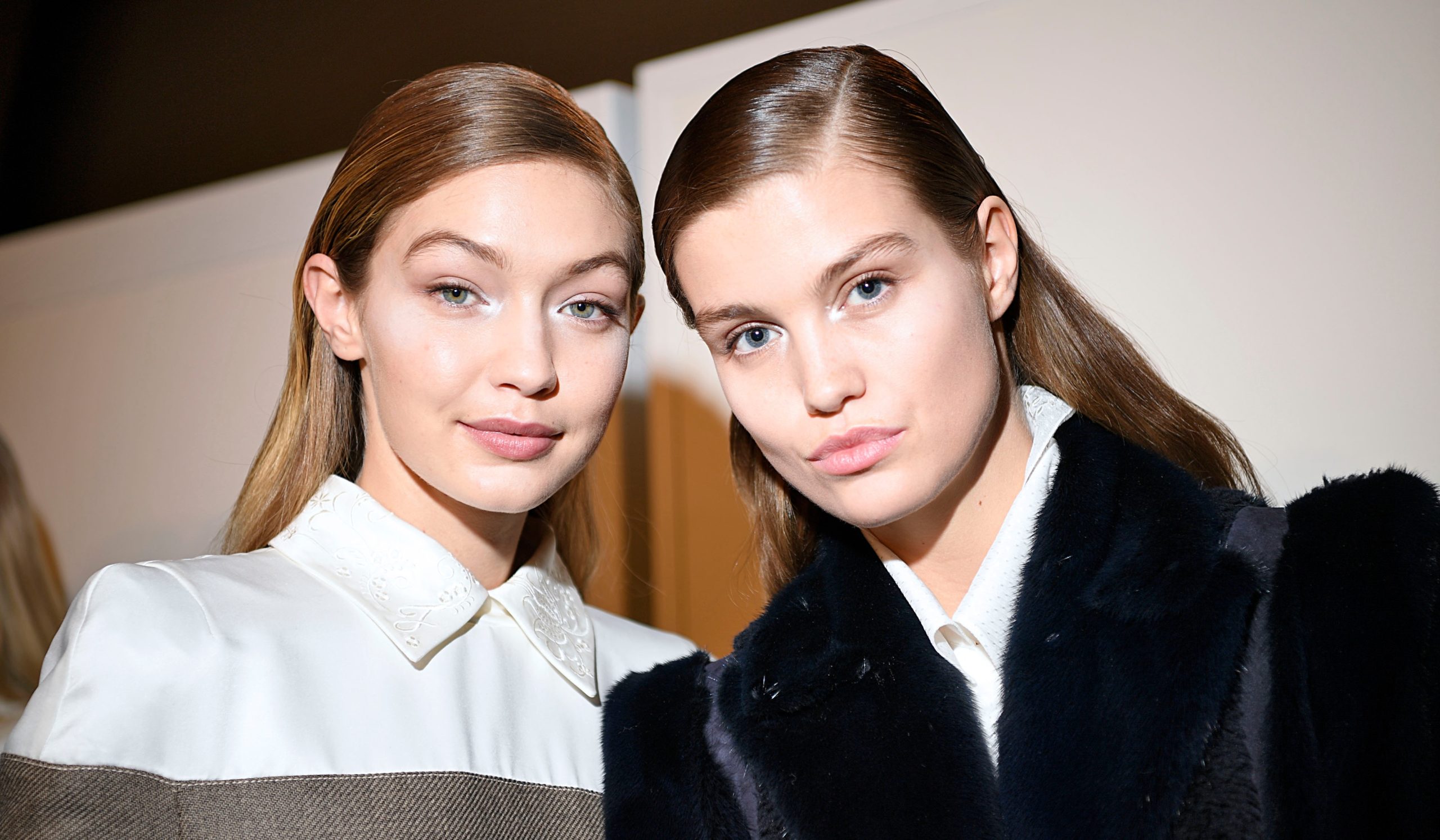

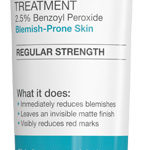
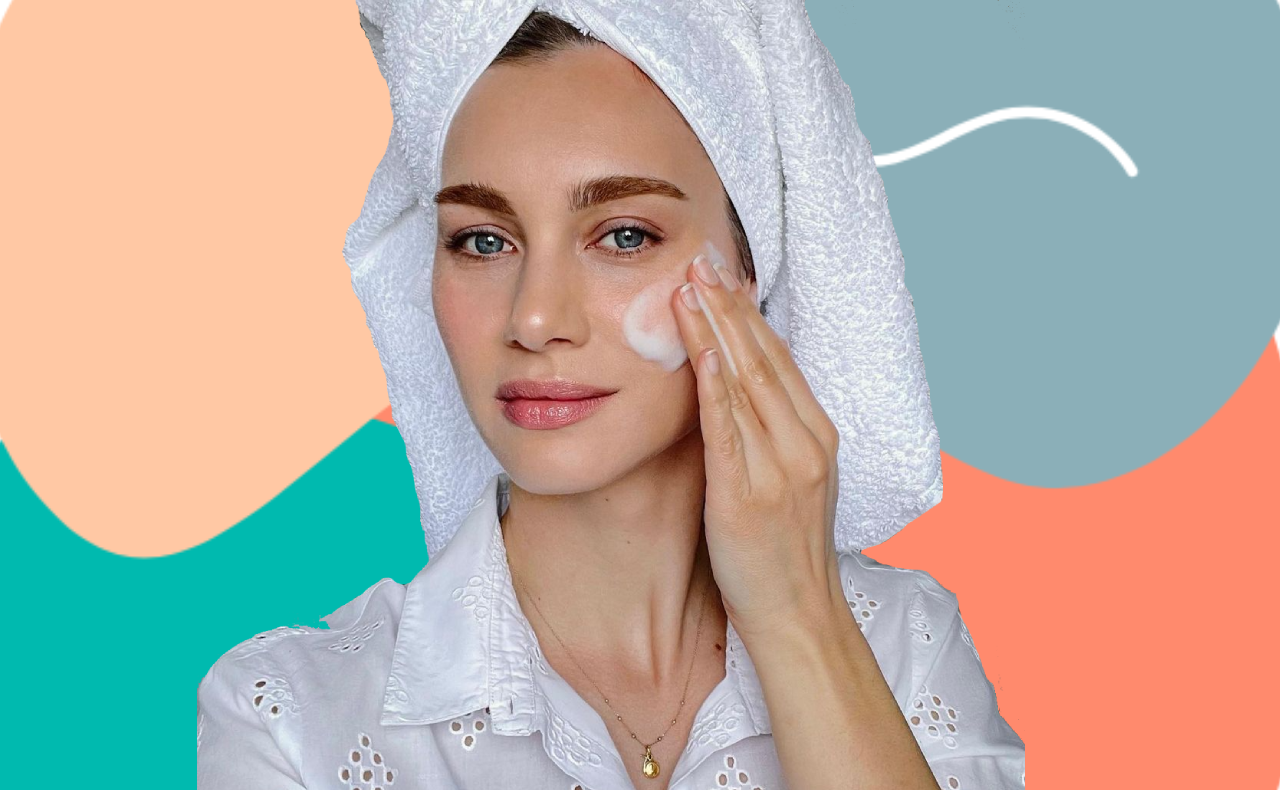

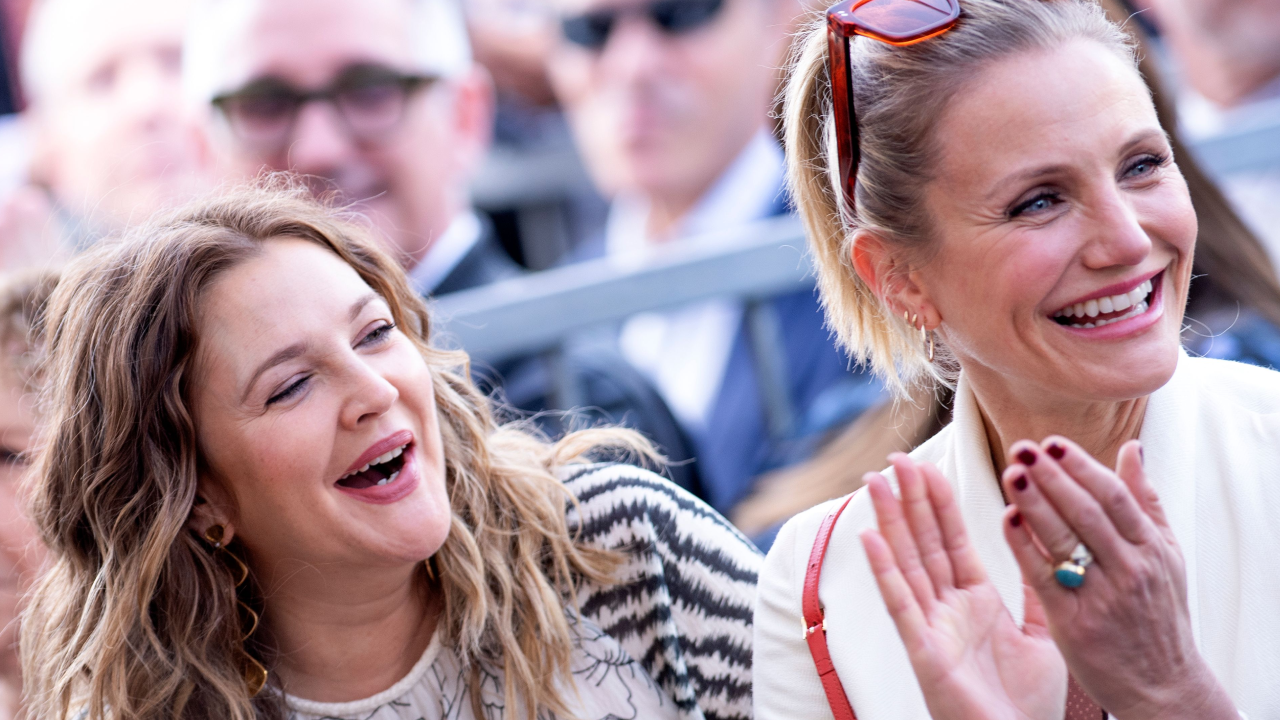
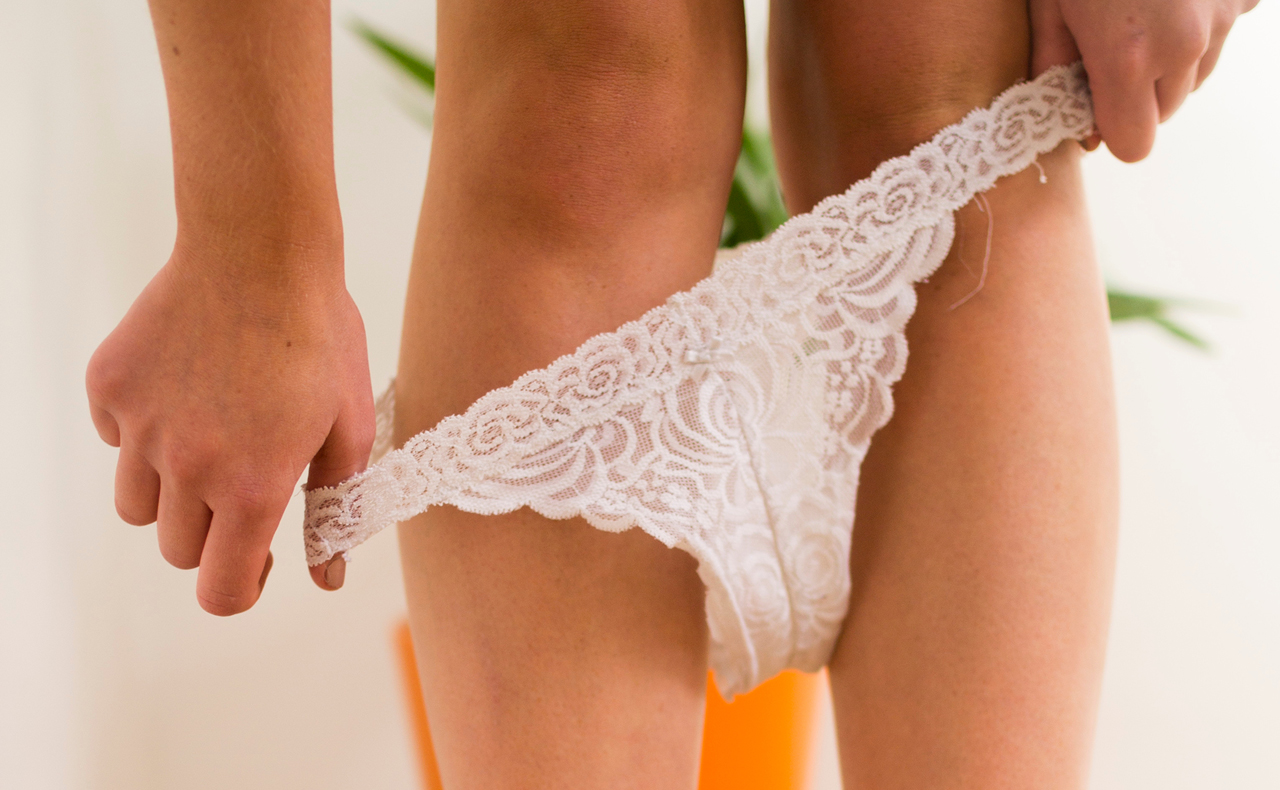
I really suggest reading this book from the link below before you purchase the wrong product. I learned my lesson and I’m glad I can share this to others before they make the same mistake.. they cover on benzoyl peroxide and types of moisturizers too. Read this book. Then you will know what to do next. Hopefully I’m not too late..
https://luxondemand.com/products/the-beauty-manual